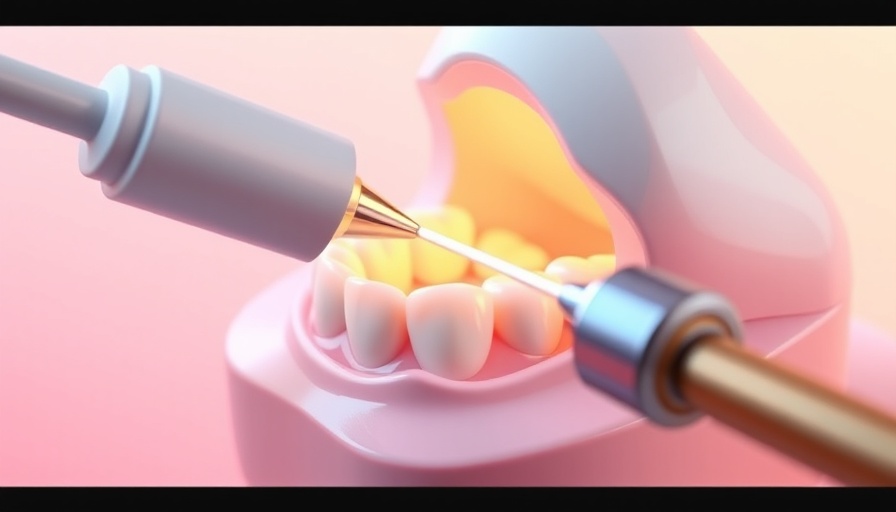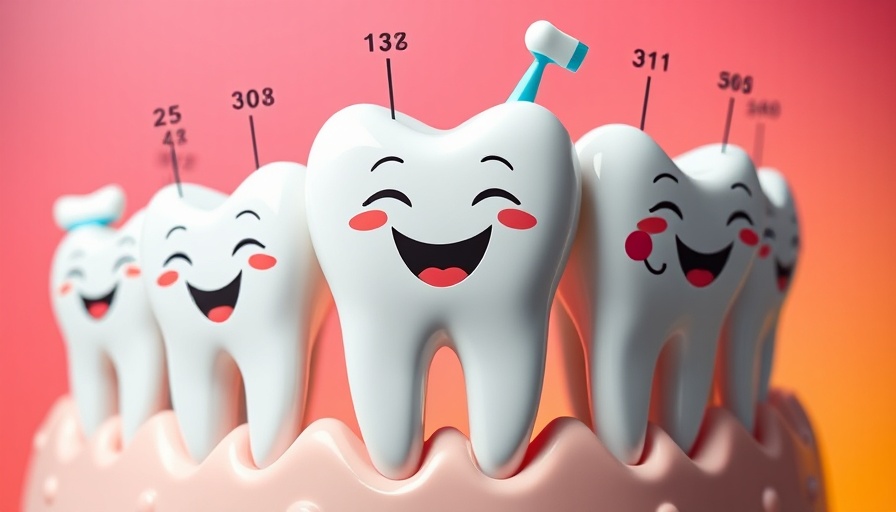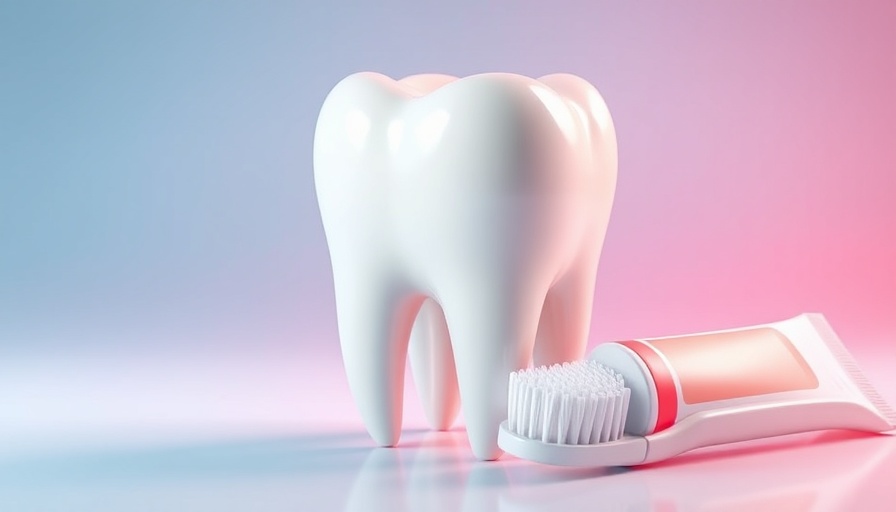
Understanding the Role of Lasers in Root Canal Treatments
Root canals can often invoke fear and apprehension amongst patients due to the perceived pain associated with the treatment. However, advancements in dental technology have introduced lasers as a more efficient and often less painful alternative. But how effective are lasers in performing root canal treatments? This article delves into the role of lasers in endodontics, comparing traditional methods with laser-assisted procedures to evaluate their effectiveness in pediatric dentistry.
Benefits of Laser-Assisted Root Canal Procedures
One of the significant advantages of using lasers in root canal treatments is their precision. Lasers can target infected tissues while minimizing damage to surrounding healthy tissues. This precision often results in a quicker recovery time for patients. Additionally, laser treatment can be less invasive, reducing the overall discomfort experienced post-procedure. Studies indicate that patients undergoing laser-assisted procedures report a higher satisfaction rate due to reduced pain and less anxiety during treatment.
Challenges and Considerations
While lasers present numerous benefits, there are challenges dental professionals face when integrating this technology into their practices. The cost of laser equipment can be prohibitive for many clinics, and not all dentists are trained in the use of lasers. Furthermore, some practitioners express concerns regarding the adequacy of laser treatment when dealing with more complex cases of infection. It is crucial for dental practitioners to weigh these factors carefully before adopting laser-assisted techniques widely.
The Future of Lasers in Pediatric Dentistry
The future of lasers in root canal treatments appears promising, particularly within pediatric dentistry. As laser technology continues to evolve, so too will its applications in endodontics. The ongoing training of dental professionals regarding the use of lasers and increased accessibility to this technology may further solidify its place in dental procedures. The effectiveness of lasers in treating young patients not only revolutionizes the way procedures are performed but also minimizes anxiety associated with dental visits, encouraging healthier habits.
Ultimately, the effectiveness of lasers in root canal treatments will rely on continued research, technological advancements, and the willingness of dental practitioners to embrace this innovative technique. For pediatric dentists and orthodontists, understanding these advancements represents a significant step towards providing care that prioritizes patient comfort and treatment effectiveness.
 Add Row
Add Row  Add
Add 




 Add Row
Add Row  Add
Add 

Write A Comment